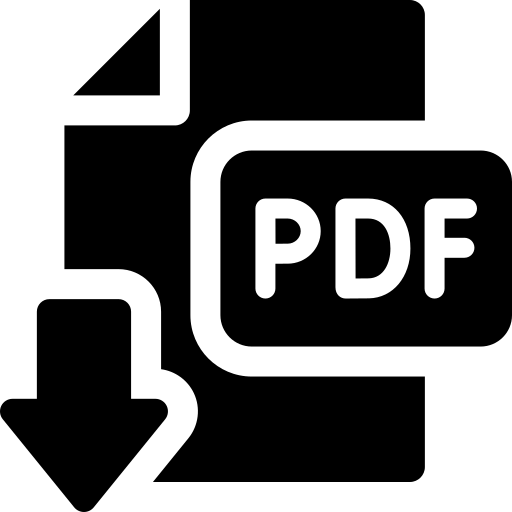Global Vacuum Insulated Panels Market Research Report 2023
SKU ID : QYR-23575239 | Publishing Date : 24-Apr-2023
The main components of a VIP are inner core, barrier envelope and getters and desiccants. The envelope could either consist of thick metal sheets or multilayer barrier of metalized polymeric layers to provide protection against environmental and handling stresses.
The global Vacuum Insulated Panels market was valued at US$ 1709 million in 2022 and is anticipated to reach US$ 4445.8 million by 2029, witnessing a CAGR of 14.3% during the forecast period 2023-2029. The influence of COVID-19 and the Russia-Ukraine War were considered while estimating market sizes.
Global Vacuum Insulation Panel (VIP) key players include Panasonic, LG Hausys, Fujian SuperTech, ThermoCor, Porextherm, etc.
Europe is the largest market, with a share about 40%, followed by China, and United States, both have a share over 45 percent.
In terms of product, Fiber Glass is the largest segment, with a share about 75%. And in terms of application, the largest application is Home Appliance, followed by Building Material, Transport, etc.
Report Scope
This report aims to provide a comprehensive presentation of the global market for Vacuum Insulated Panels, with both quantitative and qualitative analysis, to help readers develop business/growth strategies, assess the market competitive situation, analyze their position in the current marketplace, and make informed business decisions regarding Vacuum Insulated Panels.
The Vacuum Insulated Panels market size, estimations, and forecasts are provided in terms of output/shipments (K MT) and revenue ($ millions), considering 2022 as the base year, with history and forecast data for the period from 2018 to 2029. This report segments the global Vacuum Insulated Panels market comprehensively. Regional market sizes, concerning products by core material type, by application and by players, are also provided.
For a more in-depth understanding of the market, the report provides profiles of the competitive landscape, key competitors, and their respective market ranks. The report also discusses technological trends and new product developments.
The report will help the Vacuum Insulated Panels manufacturers, new entrants, and industry chain related companies in this market with information on the revenues, production, and average price for the overall market and the sub-segments across the different segments, by company, by core material type, by application, and by regions.
By Company
LG Hausys Ltd. (South Korea)
Evonik Industries AG (Germany)
Dow
Panasonic Corporation (Japan)
OCI Company Ltd. (South Korea)
Microtherm (Germany)
Kevothermal
Thermocor (U.S.)
Hongda
Fangyuan Electric
Segment by Core Material Type
Silica-based Vacuum Insulated Panels
Fiber Glass-based Vacuum Insulated Panels
Others
Segment by Application
Construction
Logistics
Cooling and Freezing
Others
Production by Region
North America
Europe
China
Japan
Consumption by Region
North America
U.S.
Canada
Europe
Germany
France
U.K.
Italy
Russia
Asia-Pacific
China
Japan
South Korea
China Taiwan
Southeast Asia
India
Latin America
Mexico
Brazil
Core Chapters
Chapter 1: Introduces the report scope of the report, executive summary of different market segments (by region, by core material type, by application, etc), including the market size of each market segment, future development potential, and so on. It offers a high-level view of the current state of the market and its likely evolution in the short to mid-term, and long term.
Chapter 2: Detailed analysis of Vacuum Insulated Panels manufacturers competitive landscape, price, production and value market share, latest development plan, merger, and acquisition information, etc.
Chapter 3: Production/output, value of Vacuum Insulated Panels by region/country. It provides a quantitative analysis of the market size and development potential of each region in the next six years.
Chapter 4: Consumption of Vacuum Insulated Panels in regional level and country level. It provides a quantitative analysis of the market size and development potential of each region and its main countries and introduces the market development, future development prospects, market space, and production of each country in the world.
Chapter 5: Provides the analysis of various market segments by core material type, covering the market size and development potential of each market segment, to help readers find the blue ocean market in different market segments.
Chapter 6: Provides the analysis of various market segments by application, covering the market size and development potential of each market segment, to help readers find the blue ocean market in different downstream markets.
Chapter 7: Provides profiles of key players, introducing the basic situation of the key companies in the market in detail, including product production/output, value, price, gross margin, product introduction, recent development, etc.
Chapter 8: Analysis of industrial chain, including the upstream and downstream of the industry.
Chapter 9: Introduces the market dynamics, latest developments of the market, the driving factors and restrictive factors of the market, the challenges and risks faced by manufacturers in the industry, and the analysis of relevant policies in the industry.
Chapter 10: The main points and conclusions of the report.
Frequently Asked Questions
- By product type
- By End User/Applications
- By Technology
- By Region

 Pre-order Enquiry
Pre-order Enquiry Request Free Sample
Request Free Sample


 Request Sample
Request Sample Request Customization
Request Customization Check Discounts
Check Discounts











